Introduction to the Origin and Development of Zambian Coffee History and Geography Coffee beans from AA Lupili Manor, Zambia
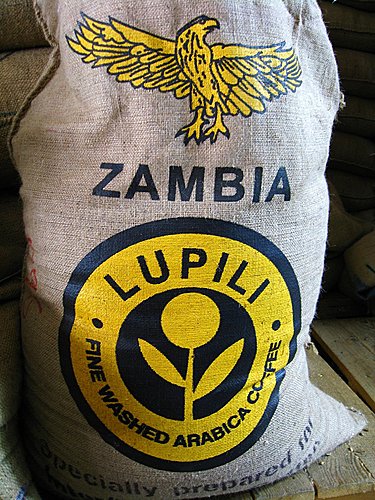
For professional baristas, please follow the coffee workshop (Wechat official account cafe_style)
│ Zambia AA+ Lupili Estate, AA Lupili Manor, Zambia
The territory of Zambia is a little strange, and the northern continent happens to protrude a large piece, which happens to be on the right left of Malawi and the lower left of Tanzania, and the latitude is quite suitable for growing coffee. In about the 1950s, coffee bean varieties were introduced from Kenya and Tanzania to breed, so the flavor was quite similar to Kenyan beans, but because of its special iron-rich soil, it created its special flavor.
When baked in City+, the taste is slightly cherry and chocolate, with a slightly irritating tongue and high complexity. In recent years, it has become a must-have bean in American boutique coffee shops.
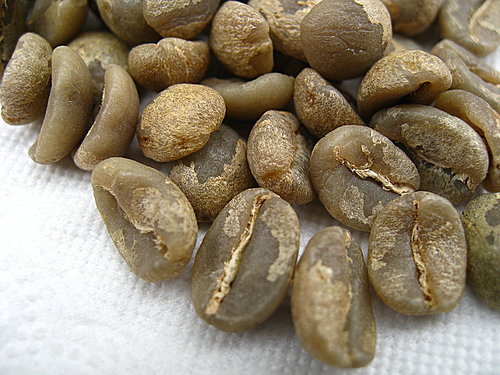
Zambia's territory, located on the lower left of Tanzania, is a landlocked country with hills and mountains. Zambian coffee is called "the hidden secret of Africa". The whole territory basically belongs to the savanna climate, the latitude is suitable for growing coffee, and the annual rainfall is 6-1500 mm. Around the 1950s, coffee beans were introduced from Kenya and Tanzania to breed, so the flavor was quite similar to that of Kenyan beans, but its special flavor was created by its special iron-rich soil. Superior quality, exquisite farming, reliable varieties, typical East African characteristics. Zambian coffee is extremely clean and consistent flavor, large-scale and central centralized washing plant, constitute an excellent single-producing area coffee.
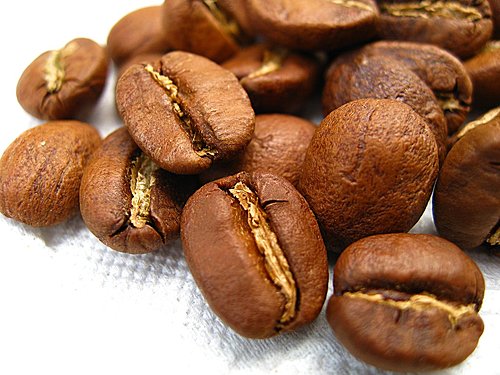
Coffee producing areas: Zambia / North Island / Kasama area
The name of the manor: Lu Thunderbolt (it is more powerful to call it this way. It's actually Lupili)
Quality grading: above AA Plus/18
Coffee varieties: derived bourbon species from Tanzania and Kenya
Planting altitude: 1400-1500m / ferrous soil
Raw bean treatment: washing method
Harvest year: 2007
Harvest season: from June to September every year
Palate description: sweet and mellow as brown sugar.
36 aromas of coffee: maltose, cream, coffee pulp
The sweetness, cleanliness, weak acidity and special spice flavor of Lupili AA+ make the omni-directional taste suitable for getting started with rich beans. Zambia in East Africa is one of the best choices.
Dry fragrance: melon (cantaloupe), sugarcane, tea, nectar, black jujube, orange peel (sunken)
Wet fragrance: cream sugar, wheat straw (rye), sweet fruit juice, round flour (flour), black sugar (thick)
Sipping: the imported fruit tea is fragrant and slightly bitter! Slightly sour! And with a gentle return to sweet, thick and heavy taste, sour performance as fresh as spring breeze and fresh and natural grass after the rain! After a brief period of acid disappearing... The subtle variability from shallow to deep is a kind of special enjoyment. A spice smell from the inside out spreads throughout the mouth, the sweet flavor of the fruit is very clear and transparent (the spice taste is obvious when it is cold), and the cleanliness and coating feeling of body are at the top level! I feel that the phenomenon of Shengjin that suddenly comes out of its body is very strong, and it is smooth and thick with the throat of tea, with a "quiet sweetness"!... Its sweetness will make people like it! It is one of the few that will be thick enough to make people feel very comfortable.
Important Notice :
前街咖啡 FrontStreet Coffee has moved to new addredd:
FrontStreet Coffee Address: 315,Donghua East Road,GuangZhou
Tel:020 38364473
- Prev
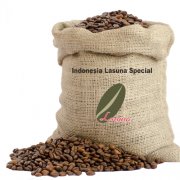
Lasuna Coffee, an Indonesian goddess who is about to become extinct in the world
For the exchange of professional baristas, please follow the coffee workshop (Wechat official account cafe_style) Indonesia's finest Indonesia Lasuna Special selection-Lasuna, the Indonesian goddess who is about to become extinct in the world. More than 400 years ago, the Dutch coachman sailed a red sailboat to bring a top Arabica coffee called Lasuna to Su in Indonesia.
- Next
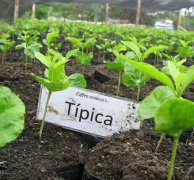
The main coffee producing areas of Panama introduce how Panamanian Rosa is famous.
Professional baristas Please follow the Coffee Workshop (Wechat official account qianjiecoffee) Coffee originated in Panama in 1780 and was introduced into the first Typica trees by Europeans. After that, this mysterious and strange drink conquered the senses of Panamanians, and the local people began to grow it widely. Panamanian coffee is smooth, full and light in weight, and has perfect acidity balance.
Related
- Detailed explanation of Jadeite planting Land in Panamanian Jadeite Manor introduction to the grading system of Jadeite competitive bidding, Red bid, Green bid and Rose Summer
- Story of Coffee planting in Brenka region of Costa Rica Stonehenge Manor anaerobic heavy honey treatment of flavor mouth
- What's on the barrel of Blue Mountain Coffee beans?
- Can American coffee also pull flowers? How to use hot American style to pull out a good-looking pattern?
- Can you make a cold extract with coffee beans? What is the right proportion for cold-extracted coffee formula?
- Indonesian PWN Gold Mandrine Coffee Origin Features Flavor How to Chong? Mandolin coffee is American.
- A brief introduction to the flavor characteristics of Brazilian yellow bourbon coffee beans
- What is the effect of different water quality on the flavor of cold-extracted coffee? What kind of water is best for brewing coffee?
- Why do you think of Rose Summer whenever you mention Panamanian coffee?
- Introduction to the characteristics of authentic blue mountain coffee bean producing areas? What is the CIB Coffee Authority in Jamaica?

